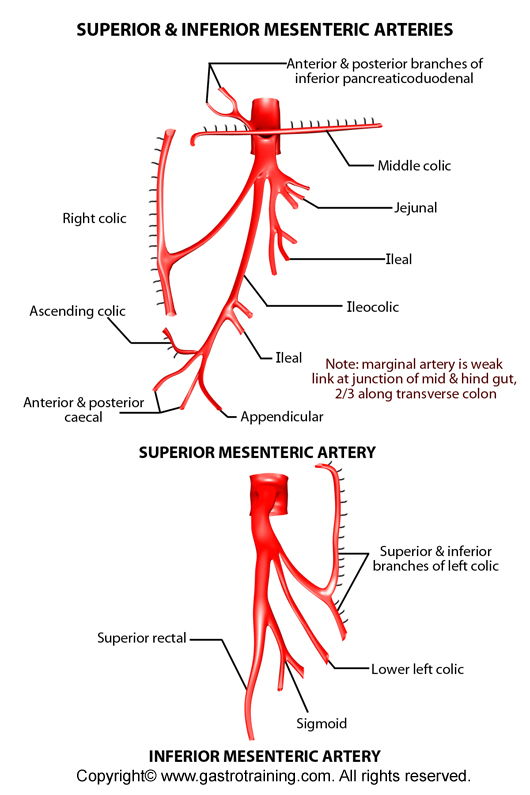COLON TRANSIT TEST / or TIME
The simplest and most easily interpreted colonic transit evaluation is performed with a plain abdominal radiograph on day 5 after the patient has ingested a gelatin capsule containing radiopaque markers (SITZMARKS™, Konsyl Pharmaceuticals, Fort Worth, TX). Each capsule contains 24 radiopaque polyvinyl chloride o-rings of 1 mm x 4.5 mm. The test is inexpensive and well tolerated by patient.

Indication
Adult patients with severe constipation but otherwise negative G.I. evaluations
Procedure
On day 0, direct the patient to take one SITZMARKS capsule by mouth with water. Instruct the patient to use no laxatives, enemas, or suppositories for 5 days.
On day 5, obtain a plain abdominal radiograph (KUB). Determine the number and location of remaining radiopaque rings.
Patients who expel at least 80% of the markers by 5 days (5 or fewer rings remaining) have grossly normal colonic transit.
For patients who retain 6 or more markers, one may elect to get a follow-up radiograph on day 7, when normally 100% of marker should have been expelled.
Interpretation of Results
If over 80% of the radiopaque markers (19 or more) are passed by day 5, colonic transit is grossly normal.
If 6 or more of the markers remain on day 5, this is abnormal:
If remaining markers are scattered about the colon, the problem is most likely colonic hypomotility or inertia.
If remaining markers are accumulated in the rectum or rectosigmoid, the condition is most likely functional outlet obstruction, such as rectal intussusception or anismus
Its a useful in evaluating patients with constipation, abdominal bloating, and refractory irritable bowel syndrome.
Colonic transit time has been traditionally measured using radiopaque markers.
Several methods have been suggested, including the single-marker bolus technique (ingestion of markers on a specific day followed by several x-rays until all markers are passed) or multiple-marker bolus technique (ingestion of markers each day for several days followed by a limited number or a single abdominal x-ray).
This test has a relatively long duration (5-7 days) and requires the patient to abstain from laxatives, enemas, and other medications known to affect gastrointestinal motility. These drawbacks have led to a desire to develop alternatives to this study.
Colonic scintigraphy can be used as an alternative to the radiopaque marker technique for measuring colonic transit time. This test involves administration of radioactive isotope and following its progression through the gastrointestinal tract with a large-field-view gamma camera. The test uses long half-life radionuclides indium 111-diethylenetriamine pentaacetic acid (111In-DTPA) or iodine 131.
LINKS & Sources:















